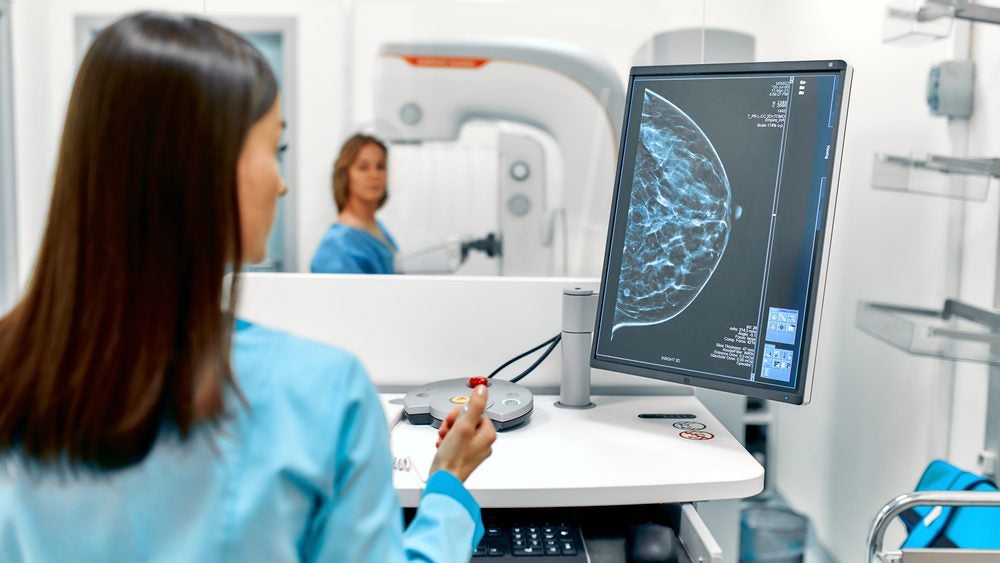If you were to speak to any experienced individual involved within clinical supply they would tell you any clinical supply success they have achieved at their company, has mostly been down to the use of technology. This in fact is where IRT (interactive response technology) systems have prevailed as the clinical supply hero and you would be lucky to find a company that isn’t utilising this technology to support their clinical supply programs.
For those who don’t know what an IRT system does, it is an electronic tool that allows pharma companies/biotech’s to have real time drug allocation, efficient forecasting of drug supplies as well as support patient randomisation. Whilst the IRT systems can be very beneficial in clinical supply programs, it can equally be as difficult to implement and build the IRT which can work in alignment with your trial design. So what considerations need to be made to ensure IRTs are able to increase efficiencies and optimise your supply program?
One key consideration is to determine a drug management model that supports drug assignment with the use of IRT. When determining the management model, one has to bear in mind various factors such as study size, design, complexity and of course the drug cost. Perhaps one of the most significant aspects which need to be accounted for is the ability to report from the vendor supplying the IRT. Staying on top of inventory and understanding specific subject treatments can be a challenge and do require consistent reporting. Equally important, if your company is requesting custom reporting, ensure the necessary information is available to meet the needs of the custom report.
Of the available the drug management models we will consider two individual models, one of which is a generally preferred model and another that works on the idea that the minimum quantity of the study drug is required at site.
Predictive Model:
See Also:
This model is utilised by basing the quantity of drug supply on the actual number of patients and assignment of treatments. This approach is great in the sense that it isn’t difficult to maintain and there is a degree of flexibility in which allows the parameters to be altered if necessary. Perhaps most significantly, it also reduces the number of shipments to site and helps conserve drug supply.
How well do you really know your competitors?
Access the most comprehensive Company Profiles on the market, powered by GlobalData. Save hours of research. Gain competitive edge.

Thank you!
Your download email will arrive shortly
Not ready to buy yet? Download a free sample
We are confident about the unique quality of our Company Profiles. However, we want you to make the most beneficial decision for your business, so we offer a free sample that you can download by submitting the below form
By GlobalDataIncorporating this model into your IRT can be particularly useful especially if you are carrying out larger studies and are facing drug costs which tend to be of a more expensive nature. There are, however, factors that may deter you from this approach. If you are to use actual patient numbers to determine when a shipment is necessary then you are required to be more involved within sites. It’s also worth mentioning that while you may have the correct amount of drugs shipped out to your site, damage can sometimes occur, and in such cases it’s best to include a buffer to reduce the impact of such an incident.
Trigger Based model:
As previously mentioned, a trigger based model manages your drug supply based on ensuring a minimum quantity of drug supply is maintained at the clinical trial site. This kind of model is often utilised in smaller studies with significantly fewer patients or in studies which require single dispensing.
The trigger model does have weaknesses such as it can be difficult to determine the drug demand for the remainder of the study, which in turn is very likely to leave you with an overage at the site at the end. It is also similar to the above model in the sense that it requires heavy monitoring at the site and if the triggers are not managed correctly, it is possible to be left with less or more supply.
However, if you are comfortable with extensive monitoring on site and not relying on actual subject numbers for your supply, then you will find the trigger model easy to maintain and set up.
While it is imperative to have a drug management model that suits your IRT system there are other factors, simultaneously important, which need to be taken into consideration after the drug management model has been selected. You must consider drug allocation, enrolment/dropout rates, determine drug ordering caps and finally the initial drug shipment.






